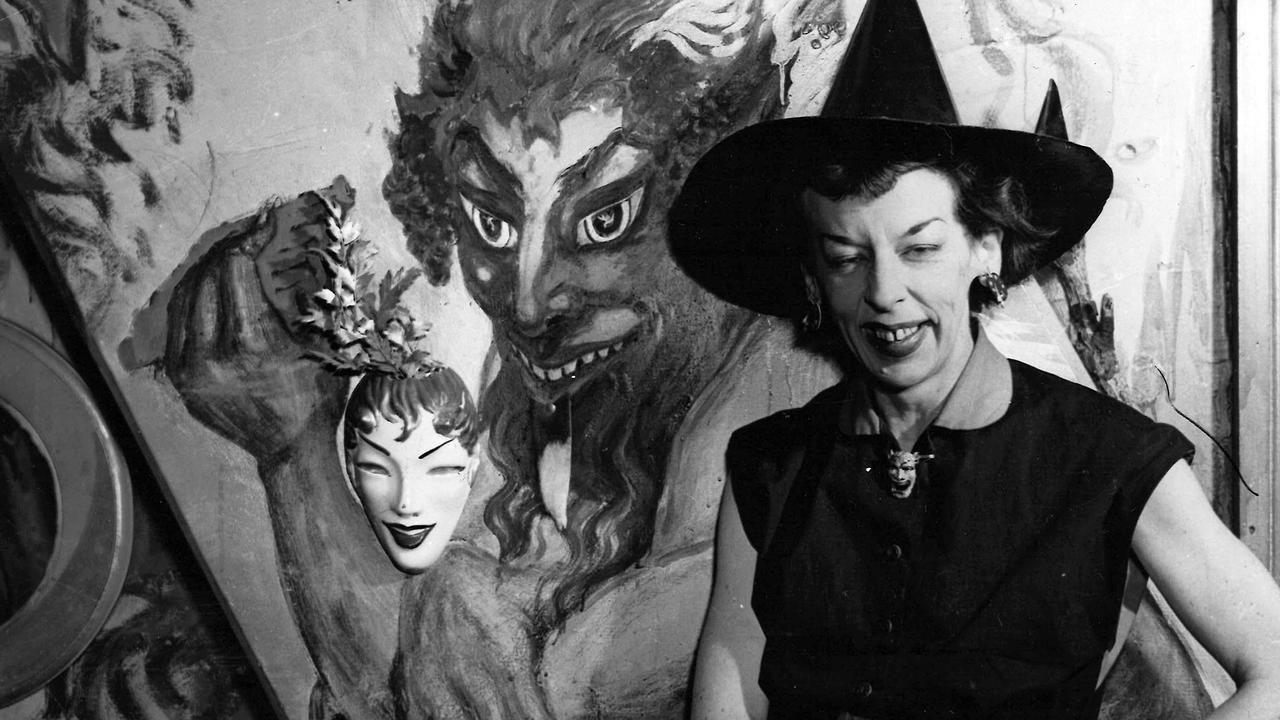William Clark discovered Bass Strait while trekking 7000 gallons of rum to safety
William Clark and his shipwrecked crew walked 7000 gallons of shipwrecked rum to Sydney and became accidental explorers on the way.

In Black and White
Don't miss out on the headlines from In Black and White. Followed categories will be added to My News.
After a ship called the Sydney Cove ran aground on an island north of Van Diemen’s Land in 1796, 17 merchant seamen trekked almost 1000km to Sydney to save 7000 gallons of rum.
On the way, Scottish cargo master William Clark and his men became the first Europeans to discover Bass Strait and found Australia’s first coal, earning a place in the history books.
Clark’s extraordinary journey is the subject of a new episode of the free In Black and White podcast on Australia’s forgotten characters:
Clark’s story is told in a new book called Three Sheets to the Wind by Adam Courtenay, son of much-loved Australian author Bryce Courtenay.
The ship was carrying grog from India to Sydney when it ran aground at Preservation Island, north of Van Diemen’s Land, leaving the survivors with only a longboat.
Five Europeans including William Clark along with 12 Indian seamen known as Laskars were chosen to continue to Sydney in the longboat to seek help.


“They became the first people to cross Bass Strait, now that’s not known by just about anyone,” Courtenay says.
“They went across the strait, had another terrible time and were shipwrecked on Ninety Mile Beach … so two shipwrecks within a month.
“In 1796, there’s only one place to go in Australia for Europeans and that’s Sydney, and that’s 600 miles away.”
Along the way, the 17 men were helped by at least six Indigenous clans, who gave them food and transported them in their canoes, often in exchange for calico.
But Clark struck trouble when they were met by about 100 unfriendly warriors after crossing a border.
“He puts up his arm to hail them and next thing he knows a spear goes through that arm,” Courtenay says.
“Then of course his next reaction was to say ‘stop, stop’ so he puts up his other hand and another spear goes through that hand, so he’s got two spears in two hands.


“It was a payback, a very classic payback. Something had obviously gone wrong en route.
“I think the carpenter or someone had actually stolen from these people, and this was payback to Clark. It was never intended to kill him, it was a warning.”
Only three of the 17 men made it to Sydney, from where a rescue mission was launched for the shipwreck survivors and their valuable cargo of rum.
In Sydney, Clark shared his adventures with great explorers Matthew Flinders and George Bass, who launched their own expeditions and were credited with many historic firsts.
“This story is a forgotten story, and it’s been deliberately forgotten because other people have taken the credit for the things that Clark did,” Courtenay says.
“He was the first person to ever go up the east coast and to meet so many different Aboriginal nations along the way.
“I think the most important thing he found was that the people weren’t all hostile savages, which was what everyone thought about Aboriginal people.
“That’s what Clark thought at the beginning, and then he realised how unfair and untrue that was, and these people were incredibly civilised. That’s his greatest legacy for me.”
To learn more, listen to the interview with Adam Courtenay about William Clark in the In Black and White podcast on Apple Podcasts, Spotify or web.
See In Black & White in the Herald Sun newspaper Monday to Friday for more stories and photos from Victoria’s past.


